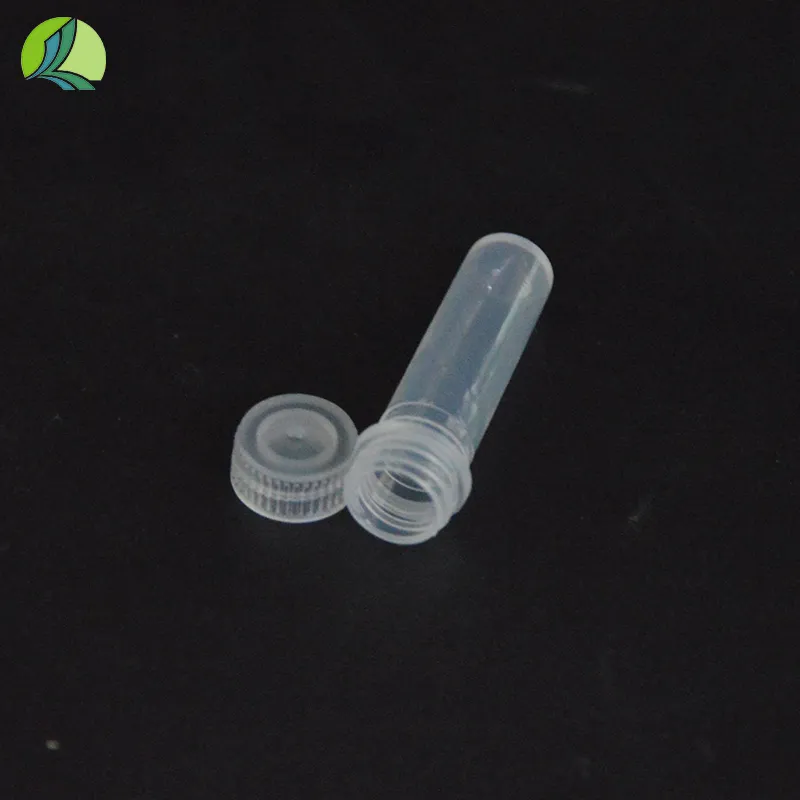Exploring the Environmental Impact of Plastic in Juice Packaging and Alternatives
Plastic Juice The Hidden Cost of Convenience
In an era where convenience often trumps sustainability, the rise of plastic juice containers has brought with it a plethora of environmental concerns. While the colorful bottles are designed to attract consumers and offer a quick refreshment, the hidden repercussions of their use are becoming increasingly difficult to ignore. The production, consumption, and disposal of plastic juice containers contribute significantly to environmental degradation and pose serious threats to both human health and ecosystems.
The convenience of plastic juice packaging cannot be overstated
. It allows for easy transport, storage, and consumption, making it a popular choice for busy individuals seeking on-the-go refreshment. However, behind this convenience lies a complex web of environmental impact. According to recent studies, the juice industry bears a considerable responsibility for the staggering amounts of plastic waste generated worldwide. Millions of plastic bottles are produced every year, and many of them end up in landfills, oceans, and natural habitats, taking hundreds of years to decompose.The statistics paint a grim picture it is estimated that approximately 300 million tons of plastic are produced annually, and a significant portion of this plastic is single-use. Juice containers, often made from polyethylene terephthalate (PET), fall into this category. While PET is recyclable, the reality is that only a small percentage of plastic actually gets recycled. In many regions, inadequate recycling facilities and lack of incentive to return bottles mean that most plastic juice containers are discarded improperly.
One of the most alarming consequences of plastic waste is its impact on marine life. Plastic pollution in our oceans has reached catastrophic levels, with an estimated 8 million tons of plastic entering the seas each year. Sea turtles, birds, and marine mammals often mistake these plastic items for food, leading to fatal ingestion. The microplastics that result from the breakdown of larger plastic items can further infiltrate the food chain, posing potential risks to both wildlife and human health.
plastic juice

Moreover, the production of plastic juice containers is not without its environmental costs. The extraction of crude oil, a primary raw material for plastic, leads to habitat destruction and increased greenhouse gas emissions. The entire lifecycle of plastic—from production to disposal—contributes to climate change, further exacerbating the environmental crisis.
Despite the overwhelming evidence of plastic's detrimental effects, there are alternative approaches that can mitigate this issue. One promising solution lies in the promotion of reusable containers. By encouraging consumers to invest in refillable juice bottles, companies can significantly reduce the demand for single-use plastics. Innovations in packaging, such as biodegradable materials and compostable alternatives, also present viable options for lessening our reliance on traditional plastic.
Additionally, public awareness campaigns play a crucial role in changing consumer behavior. Educating individuals about the environmental impacts of plastic waste and promoting sustainable practices can foster a culture of responsibility. By choosing to support brands that prioritize eco-friendly packaging and sustainable practices, consumers can drive the market toward more sustainable alternatives.
Governments are also stepping up to address the plastic crisis, implementing regulations to reduce single-use plastics and enhance recycling efforts. Initiatives like bottle deposit schemes and plastic bans have begun to make a difference in some regions. However, more robust and widespread action is needed to tackle this global issue effectively.
In conclusion, while plastic juice containers offer convenience that cannot be overlooked, we must also confront the environmental costs associated with their production and disposal. The challenge lies not only in reducing plastic waste but also in shifting consumer habits towards sustainability. By embracing reusable options, supporting eco-friendly brands, and advocating for effective legislation, we can pave the way for a healthier planet and ensure that our thirst for juice doesn’t come at the expense of our environment. It’s time to rethink our relationship with plastic and find better solutions for a greener future.
-
Aesthetic Makeup Spray Bottles | Fine Mist Empty RefillableNewsAug.19,2025
-
White Plastic Veterinary Vaccine Vials | Lab Liquid BottlesNewsAug.18,2025
-
Plastic Medicine Liquid Bottle: Secure Flip Top Drug VialsNewsAug.17,2025
-
Durable 250ml Blue Plastic Vaccine Vial for Lab & Vet UseNewsAug.16,2025
-
Sterile Virus Sample Tubes: Secure & Reliable Specimen CollectionNewsAug.15,2025
-
White 250ml Plastic Vaccine Vial for Lab & Vet MedicineNewsAug.14,2025
























